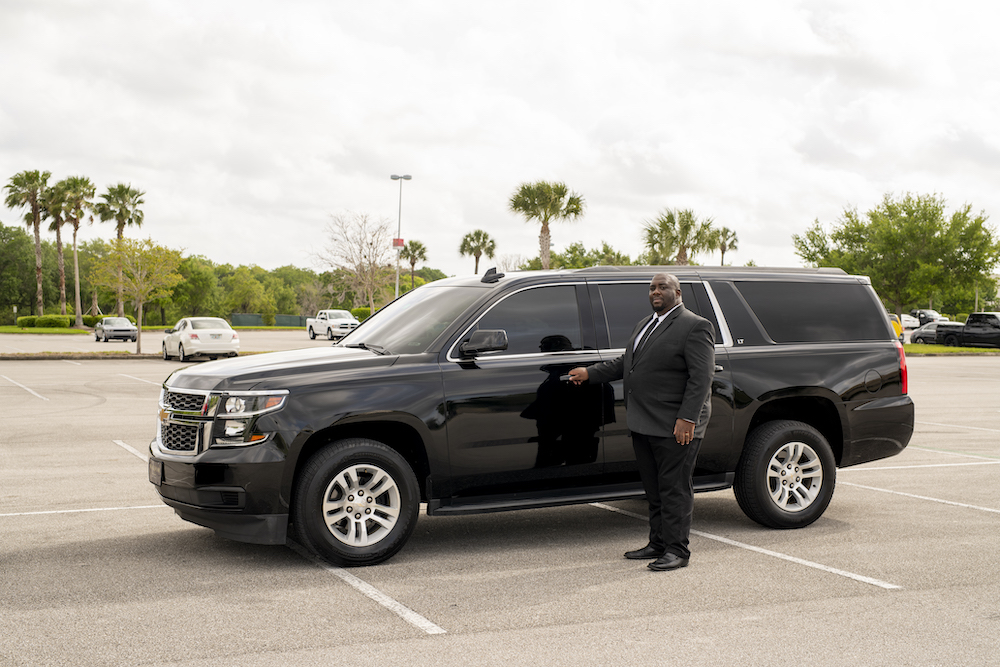Moving can be an exciting but stressful time, not just for humans but also for our beloved pets. The process of packing, moving, and settling into a new home can be overwhelming for animals who thrive on routine and familiarity. However, there are several things you can do to help ease the transition for your furry friends.
The article will explore some tips and strategies for moving with pets to help make the transition easier.
1. Find a Suitable Pet Carrier
Finding a suitable pet carrier is essential when moving with pets. Make sure it is well-ventilated and secure, with a sturdy door that locks. Soft-sided carriers are best for small pets, while hard-sided pet carriers are better for larger animals.
Consider contacting a reliable moving company like BRS Moving Company to help you get a pet carrier with a removable bottom for easy cleaning and a pet carrier that is easy to carry and transport. Additionally, introduce your pet to its carrier before the move so it can get used to it and feel more comfortable during the journey.
2. Update Your Pets ID Tags
Before moving, update your pet’s ID tags and microchip information with your new address and phone number. That will ensure that if your pet gets lost during or after the move, you can quickly and easily get them back.
Contact your pet’s microchip company and update your contact information in their database. Also, don’t forget to update your pet’s identification tags with the new contact details. That’s crucial to keeping your pets safe and secure during the move.
3. Pack a Bag of Essentials for Your Pet
When moving with pets, it’s essential to pack a bag with all their essentials to ensure they are comfortable and happy during the move. The bag should include their regular food and treats, food and water bowls, necessary medication, favorite toys, and blankets or bedding with their scent.
Don’t forget to include a litter box, litter, and poop bags if you’re moving with a cat or other small animal. Having these items readily accessible during the move will help reduce stress for you and your pet and make the transition to the new home smoother.
4. Keep Your Pets Out of the Way on Moving Day
On the day of the move, keeping your pets out of the way is essential to avoid accidents or injuries. You can keep them in a separate room or area of the house, away from the hustle and bustle of the movers.Alternatively, a pet sitter canwatch your pet for the day. That will help reduce your pet’s stress levels and keep them safe during the move. Ensure to provide them with food, water, and any necessary items during this time.
5. Maintain Your Pets Routine
Maintaining your pet’s routine during the move is crucial to reduce their stress levels and helping them adjust to their new surroundings more easily. Try to stick to their regular feeding and walking schedule as closely as possible, and keep their sleeping arrangements similar to their usual routine.
That will help your pet feel more comfortable and secure during the move and help them settle into their new home more quickly. Additionally, try to maintain their regular exercise routine, which will help burn off excess energy and reduce anxiety during the move.
6. Comply with Pets’ Vaccination Requirements
Complying with your pet’s vaccination requirements is essential, especially if you are moving to a different state or country. Check with your veterinarian to ensure your pet’s vaccinations are up-to-date and whether additional vaccinations are necessary for your new location.
Vaccinating your pets before the move can help prevent the spread of diseases and keep your pet healthy and safe during the move. Additionally, readily available vaccination records can make the transition smoother and faster, particularly if you need to show proof of vaccination at your new location.
Conclusion
Moving with pets can be challenging, but following a few simple steps can help ease the transition for your furry friends. Updating their ID tags and microchip information, finding a suitable pet carrier, packing a bag with their essentials, keeping them out of the way on the day of the move, and maintaining their routine can help reduce their stress levels and ensure a smoother transition. Additionally, giving them time to adjust to their new surroundings and being patient with them during this time can help them feel more comfortable and secure in their new home.



